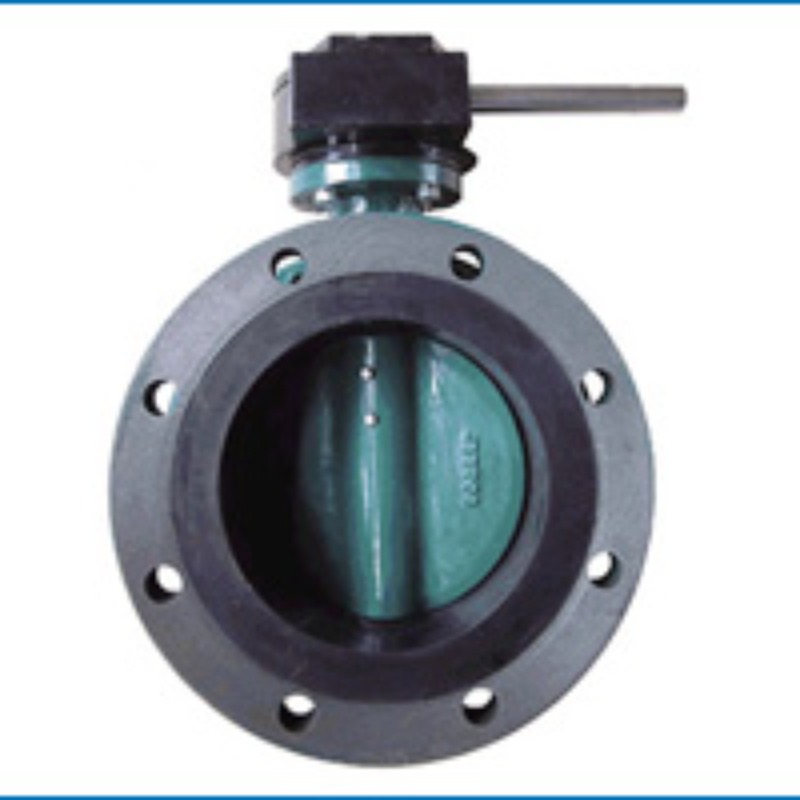Nov . 30, 2024 23:38 Back to list
pipe dismantling joint
Understanding Pipe Dismantling Joints Essential Components for Pipeline Maintenance
In the world of pipeline engineering, maintenance and flexibility are key considerations that can significantly affect the efficiency and longevity of a piping system. One crucial component that facilitates these aspects is the dismantling joint. This specialized device allows for easy access to pipelines, enabling engineers to perform maintenance, repairs, or modifications without the need for extensive disassembly. This article explores the types, functions, and advantages of pipe dismantling joints, emphasizing their importance in modern piping systems.
What is a Dismantling Joint?
A dismantling joint is a mechanical fitting designed to be installed between two sections of a pipeline. These joints provide an adjustable space that allows for the separation of pipe segments without requiring significant dismantling of the entire system. Typically constructed from robust materials like ductile iron, carbon steel, or stainless steel, dismantling joints are engineered to withstand high pressures and harsh environmental conditions.
Types of Dismantling Joints
Dismantling joints come in various designs to suit different applications. The most common types include
1. Standard Dismantling Joints These are typically used in water supply or wastewater systems. They include a series of bolts and a sliding mechanism that allows for axial movement.
2. Flanged Dismantling Joints Equipped with flanged connections, these joints provide a secure and stable interface for connecting piping systems. They offer additional flexibility in alignment and installation.
Each type has unique features that cater to specific needs, whether in potable water systems, industrial pipelines, or HVAC installations.
pipe dismantling joint

Functions and Applications
The primary function of a dismantling joint is to facilitate maintenance and repairs in a pipeline. When pipeline issues occur—such as leaks, corrosion, or blockages—quick access is essential. A dismantling joint allows technicians to isolate sections of the pipeline, perform necessary repairs, and later reseal the joint without the hassle of removing adjoining pipe sections. This capability significantly reduces downtime and labor costs.
Dismantling joints see common usage in various sectors, including municipal water distribution, wastewater management, and industrial fluid transport. Their versatility and efficiency make them a preferred choice for engineers designing pipeline systems.
Advantages of Dismantling Joints
1. Ease of Maintenance The primary benefit of dismantling joints is the simplicity they offer during maintenance procedures. By enabling quick access to pipelines, these joints help reduce the time and cost associated with repairs.
2. Design Flexibility With adjustable lengths and various connection points, dismantling joints allow engineers to design systems that can accommodate changes or upgrades over time.
3. Reduced Leakage Risk The robust construction of dismantling joints minimizes the potential for leaks when properly installed. This is particularly crucial in applications where fluid integrity is paramount.
4. Improved Safety By allowing easier access to pipelines, dismantling joints enhance the safety of maintenance operations, as technicians can perform work more efficiently and with greater confidence.
Conclusion
In conclusion, pipe dismantling joints are integral components of modern pipeline systems, offering significant advantages in terms of maintenance efficiency, design flexibility, and operational safety. As industries continue to evolve and the demand for reliable fluid transport increases, the role of dismantling joints will become even more critical in ensuring that pipelines are maintained and operated effectively. Their continued development and innovation will undoubtedly play a vital role in the future of piping engineering.
Share
-
Reliable Wafer Type Butterfly Valves for Every IndustryNewsJul.25,2025
-
Reliable Flow Control Begins with the Right Ball Check ValveNewsJul.25,2025
-
Precision Flow Control Starts with Quality ValvesNewsJul.25,2025
-
Industrial Flow Control ReliabilityNewsJul.25,2025
-
Engineered for Efficiency Gate Valves That Power Industrial PerformanceNewsJul.25,2025
-
Empowering Infrastructure Through Quality ManufacturingNewsJul.25,2025